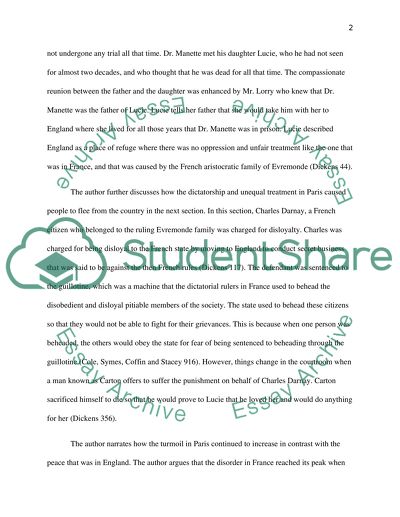Cite this document
(“A Tale of Two Cities by Charles Dickens Book Report/Review - 1”, n.d.)
Retrieved from https://studentshare.org/literature/1692063-book-review-of-tale-of-two-cities-related-to-french-revolution
Retrieved from https://studentshare.org/literature/1692063-book-review-of-tale-of-two-cities-related-to-french-revolution
(A Tale of Two Cities by Charles Dickens Book Report/Review - 1)
https://studentshare.org/literature/1692063-book-review-of-tale-of-two-cities-related-to-french-revolution.
https://studentshare.org/literature/1692063-book-review-of-tale-of-two-cities-related-to-french-revolution.
“A Tale of Two Cities by Charles Dickens Book Report/Review - 1”, n.d. https://studentshare.org/literature/1692063-book-review-of-tale-of-two-cities-related-to-french-revolution.


